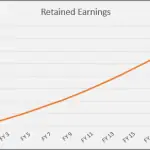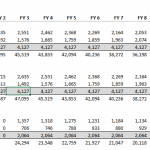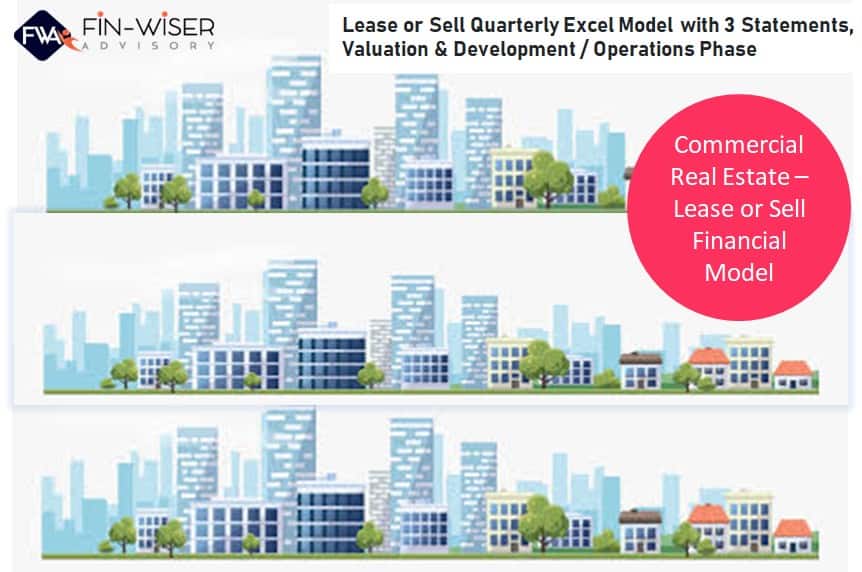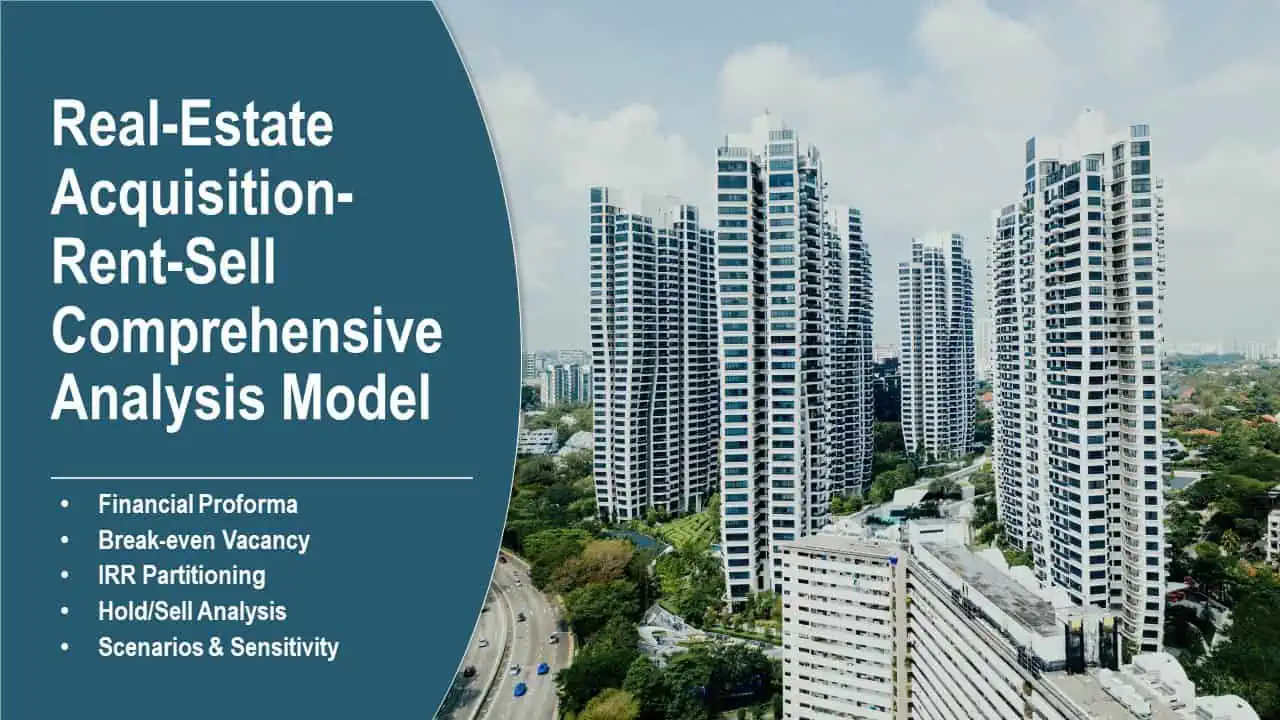REIT (Real Estate Investment Trust) Ramping Model
A top-down based financial model to plug in various assumptions about multiple real estate investments and see the resulting effects over 20 years.

This model is from the perspective of the Equity investor’s position in a 20-year REIT deal that has multiple equities and debt deployments in the first 5 years and then cash flows following.
This is for ramping, so in the first 5 years, you can define various debt and/or equity deployments. The NOI (net operating income) will be determined by total deployments each year (per starting cap) and then a defined inflation rate from there on out for each deployment round (up to 5).
You can have more than one building per year, but this top-down style model will assume the NOI is a blanket number based on the total capital deployed each year in the first 5 years.
i.e., if you deploy 100mm in year 2 across 3 different properties, the NOI will be an aggregate of all 3 based on the total cost and starting cap defined.
The debt is a defined % of equity per year. You can easily change this by manually entering figures into column Z instead of letting it use the debt to equity % defined in B10.
Debt can be toggled between either everything being a bond with a fixed interest payment and redemption at year 20 or p+I loans where you define the terms of each loan in tabs Loan1-Loan5.
Note: The loans in each tab will define their loan amount based on the total debt that is used in each of the first 5 years. i.e. loan1 starts in year 1, loan2 starts in year2, etc…
The aggregate effect of all 5 loans is accounted for in the ‘Amortization by year’, which tracks principal + interest payments and total outstanding balance. This allows for a proper cash projection during the exit year.
Similar Products
Other customers were also interested in...
Mixed-Use Real Estate Model: Leverage / JV Options
A general real estate model to plan all assumptions for up to 7 'uses' for a given property. Include... Read more
Real Estate Brokerage Economic Analysis
Create up to a 10 year financial forecast for a real estate brokerage operator. Includes three way m... Read more
Real Estate Financial Model Bundle
This is a collection of financial model templates that provides the financial projections and valuat... Read more
Investment Fund Preferred Return Tracker: Up to 30...
Track preferred returns for investors in a fund with this template. Premium joint venture tracking t... Read more
Commercial Real Estate – Lease or Sell Quart...
Commercial Real Estate - Lease or Sell Quarterly Excel Model with 3 Statements, Valuation, and Devel... Read more
Commercial Real Estate Valuation Model Template
A commercial real estate valuation model template assists in running a professional DCF Valuation fo... Read more
Real Estate Acquisition-Rent-Sell Comprehensive An...
An integrated, dynamic and ready-to-use Real Estate Acquisition-Rent-Sell Comprehensive Analysis Mod... Read more
Hotel/Guesthouse/Resort Development Model and Valu...
This Hotel / Holiday Resort Development Model will take you through a 20-year period of Three Statem... Read more
Shopping Mall Financial Model
Shopping Mall Financial Model presents the case of an investment into a shopping mall and its operat... Read more
Airbnb Financial Model
Air BnB Financial Model Template presents the business case of the purchase of up to 5 properties wi... Read more
Reviews
You must log in to submit a review.




















